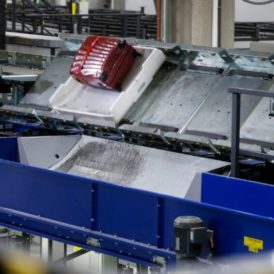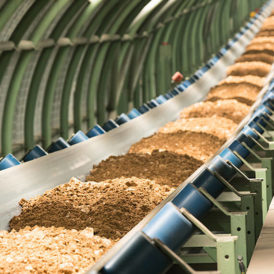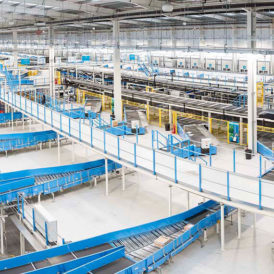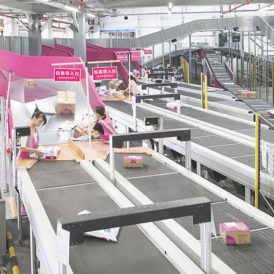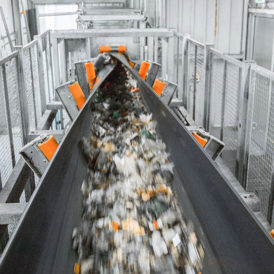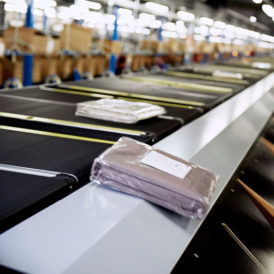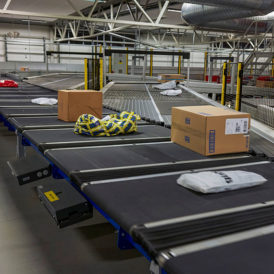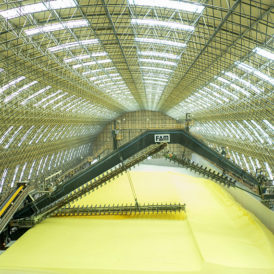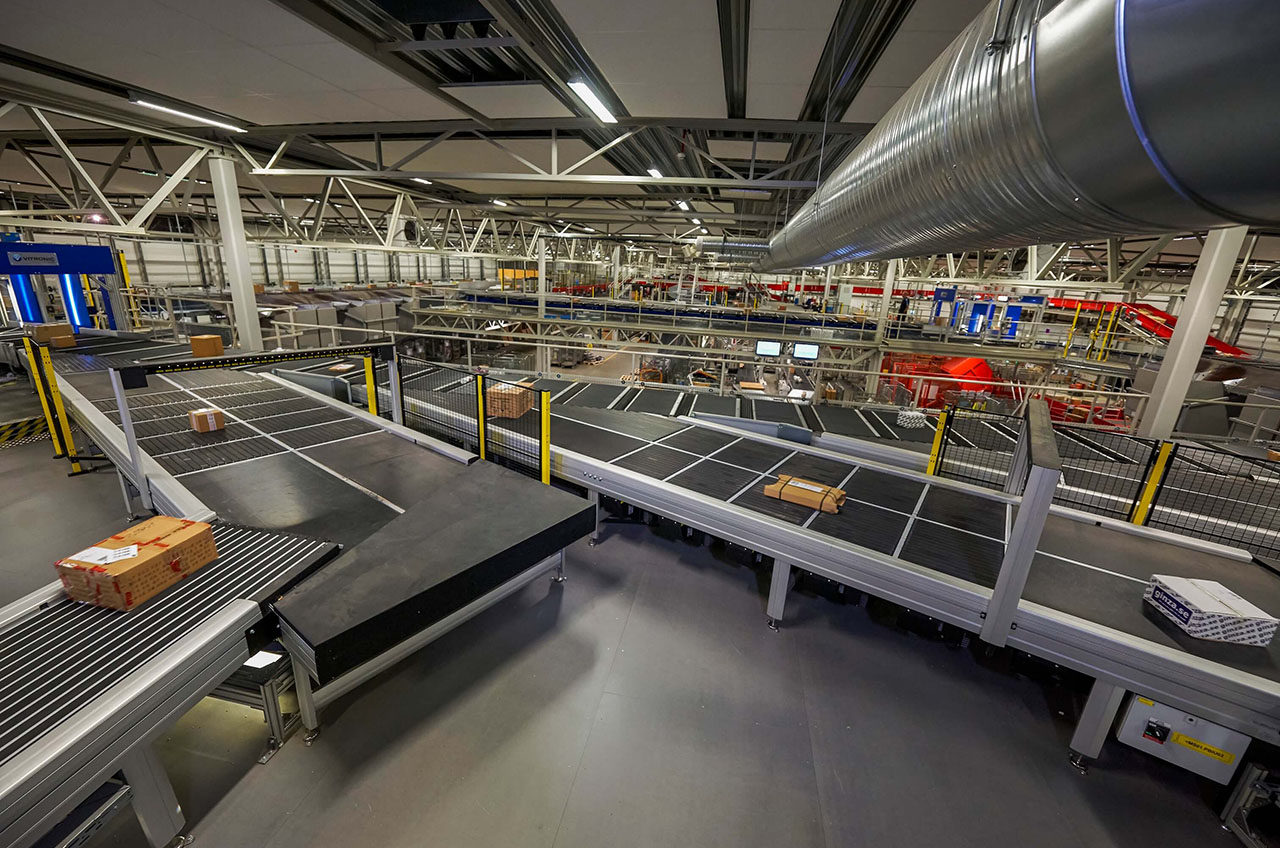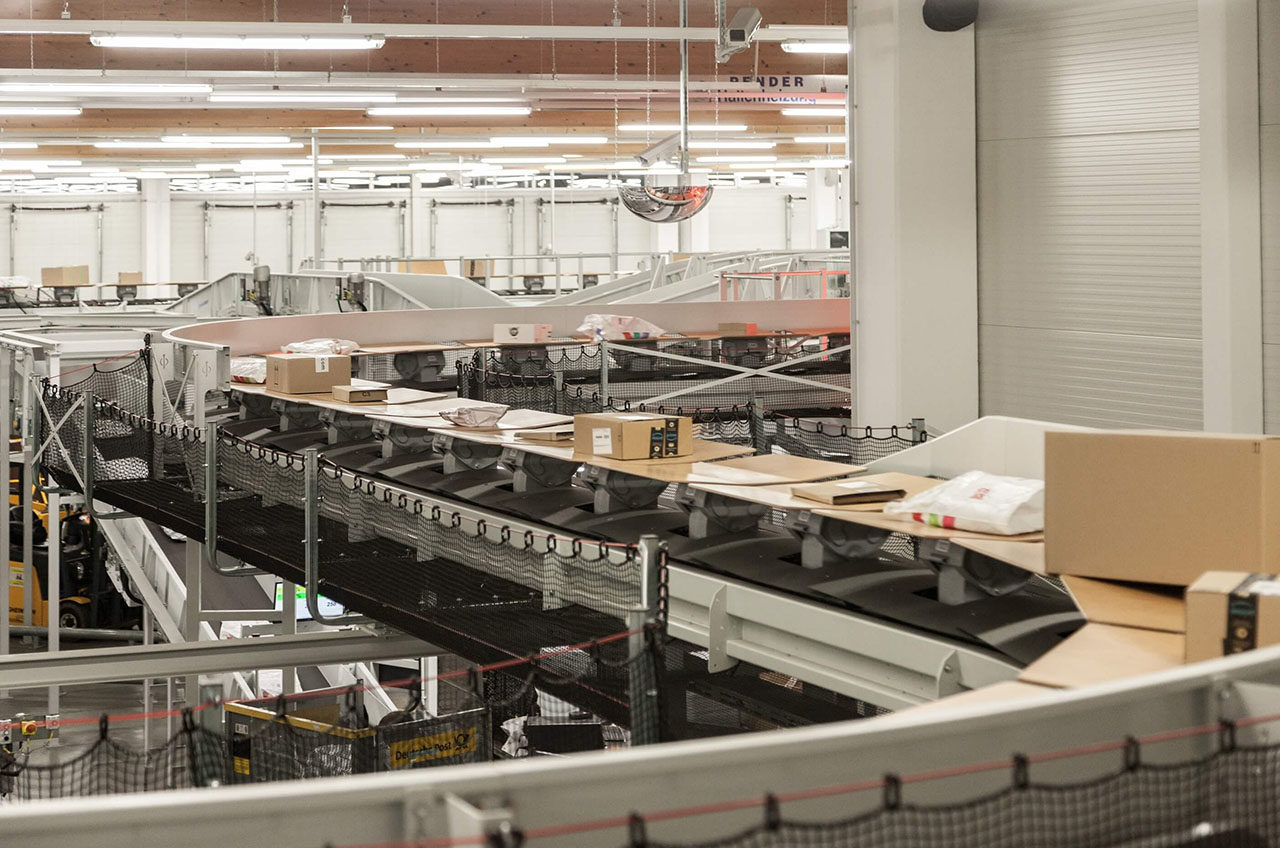The vast applicability of automation
Because the key objectives that companies achieve with automation are basically universal. They apply to almost every company in the CEP industry.
The three most important objectives that automated distribution centres help achieve
1. Shorter handling time and higher capacity
One company that you can read about in detail here, went from manual handling with a powered conveyor and sorting done by hand, to a 20,000 parcels per hour automated sortation capacity.
Also, extending its cut-off time for accepting parcels into its hub for next-day delivery improved customer service drastically.
All of it was achieved by adopting a custom-designed, fully-automated sortation system for parcel handling.
Read more: “Automated parcel sorting – an introductory guide.”
2. Efficiency and flexibility during peak seasons
You can also read about a site that used automation to increase its peak capacity to 50,000 parcels per day. This was achieved despite having a relatively limited footprint.
The distribution centre gained the ability to automatically process parcels of completely different shapes and sizes.
This improvement made it possible for the distribution centre to handle its day-to-day operations much more efficiently during peak periods, such as Christmas and Black Friday. With this sortation solution, peaks no longer posed a threat or forced extended delivery times, and the automated distribution processes enhanced efficiency significantly.
